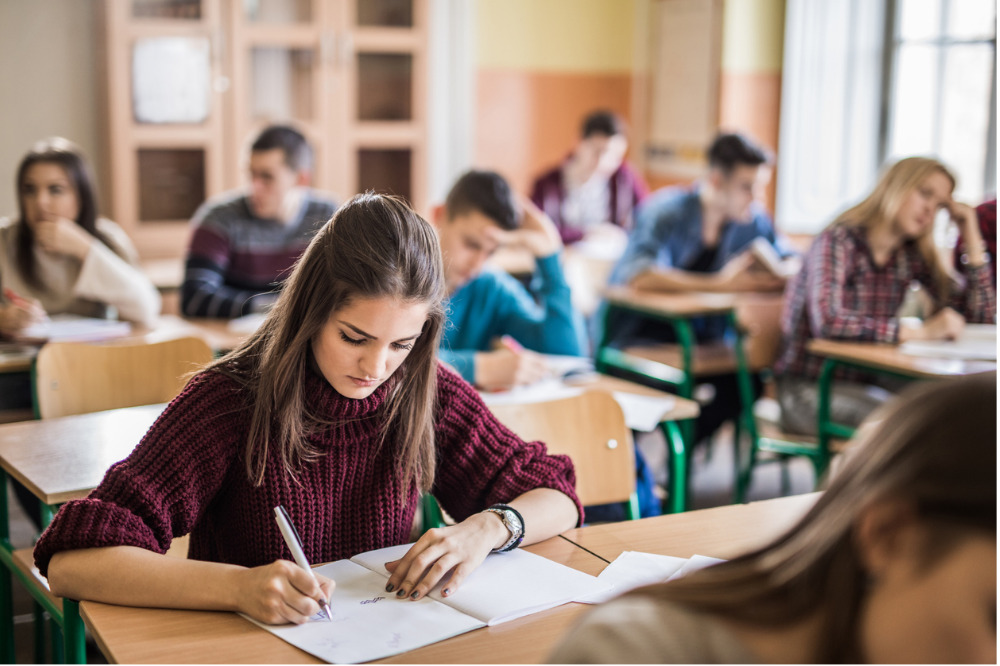
The literacy outcomes of Australian students have remained mostly stable for a second year in a row, defying predictions of drastic falls due to the Covid-19 pandemic, the NAPLAN National Report 2022 has found.
The only areas that saw a decrease was Year 5 numeracy and Year 9 spelling, where the latter’s increases in the early years of NAPLAN are reversing. Despite the decline this year in Year 5 numeracy, the long-term trend is positive, with steady rises in Years 3 and 5 reading. There have also been improvements in Years 3, 5 and 7 spelling.
The overall findings of the latest report are likely to be met with a strong sense of relief, as the first major study from the Australian Education Research Organisation (AERO) recently found that by Year 9, 85% of students were constructing sentences at or below the level expected of Year 7 students.
ACARA CEO, David de Carvalho, said that over the long term, writing results – which, as recently reported, had been in decline up to 2018 – are turning around, showing an upward trend for Years 5, 7 and 9 since 2019.
“This suggests that the efforts being made by schools and teachers, in response to those earlier warning signs, are paying off,” de Carvalho, said.
“Aside from numeracy, the Year 5 results are pleasing as 2022 was the first year this cohort sat their NAPLAN tests, following the cancellation of NAPLAN in 2020. It will be important to track whether this cohort’s lower numeracy achievement affects their results in Years 7 and 9.”
Indigenous outcomes improving
In the year-to-year data from 2021 to 2022, there was an increase in writing results for Year 9 Indigenous students and students from a language background other than English.
The report also reveals an increase in grammar and punctuation results for Indigenous students in Year 7.
“While these results are just for one year, it’s hoped this signals the start of longer-term trends.” de Carvalho, said.
When looking at the National Minimum Standard (NMS), the percentage of Year 9 boys achieving the NMS in reading has fallen to its lowest level, below 90%, with 13.5% not achieving the NMS this year, compared to fewer than 8.5% in 2008.
“It is certainly concerning that we have so many students who are not demonstrating the capacity to read at this basic level only a few years before they leave school,” de Carvalho said.
Jen McVeity, professional author and founder of the Seven Steps to Writing Success, Australia’s largest educator in writing, said that real change in literacy outcomes can only be achieved through investing in ongoing teacher training and development.
“When it comes to teaching writing, giving teachers the training and tools they need to do this effectively in their classrooms empowers them to make great things happen,” McVeity told The Educator.
“The proof is in the results seen by schools like Bunbury Primary School in Western Australia – the 2022 Australian School of the Year – which has taken a whole-school approach to improving student writing.”
McVeity said the school has invested in professional learning and resources to support their teachers.
“This common approach and the consistent use of terminology has ensured sustained change and improvement, transforming writing not just for NAPLAN but for life.”


